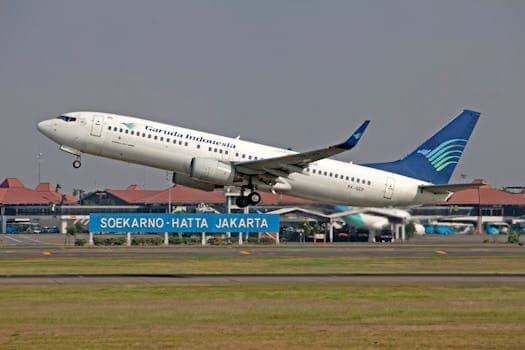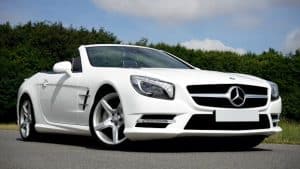Hybrid Aviation: When Cars Take Flight
The idea of flying cars has always been a dream for many, and with the advancements in technology, it may soon become a reality. Imagine being stuck in traffic, but instead of being frustrated, you could simply take off and fly to your destination. This may sound like something out of a science fiction movie, but with the rise of hybrid aviation, this dream is closer than ever. Hybrid aviation combines the best of both worlds, bringing together the speed and convenience of airplanes with the accessibility and flexibility of cars. In this article, we will explore the concept of hybrid aviation, its potential impact on the future of transportation, and the challenges that lie ahead.
The Birth of Hybrid Aviation
The idea of flying cars has been around for decades, with prototypes and concepts being developed as early as the 1920s. However, it wasn’t until recently that the technology and infrastructure have caught up to make this a feasible option. The rise of electric cars, drone technology, and advanced air traffic control systems have created the perfect conditions for the birth of hybrid aviation.
The main concept behind hybrid aviation is to have a vehicle that can both drive on roads and take off and land vertically like a helicopter. The vehicle would transition between the two modes seamlessly, allowing for a smooth and efficient travel experience. Electric motors would power the vehicle’s wheels while in drive mode, and when in flight mode, the motors would rotate to power the propellers.
The Potential Impact of Hybrid Aviation
The impact of hybrid aviation cannot be understated. With this new mode of transportation, the possibilities are endless. Imagine shortening a two-hour drive to a 30-minute flight. Think of the reduction in carbon emissions, as these vehicles would be powered by electricity rather than fossil fuels. The potential for emergency response and search and rescue operations is also significant, as these vehicles could reach remote or inaccessible areas quickly.
Furthermore, the introduction of hybrid aviation could revolutionize the transportation industry and boost economic growth. It would create new jobs and opportunities in manufacturing, maintenance, and air traffic control. The convenience and efficiency of flying cars would also attract new investments and businesses to cities, boosting their economies.
Challenges to Overcome
Despite the many benefits of hybrid aviation, there are still some challenges that need to be addressed before it can become a widespread reality. The first and most obvious challenge is safety. The transition between road and air travel must be seamless, and advanced collision detection and avoidance systems must be in place to prevent accidents.
Another major challenge is the infrastructure required for hybrid aviation. Airports and landing pads would need to be built in designated areas, which could pose a challenge in urban areas with limited space. Additionally, regulations and air traffic control systems must be established to ensure safe and efficient air travel for these vehicles.
The Future of Hybrid Aviation
Despite the challenges, the future of hybrid aviation looks promising. Companies like Uber, Boeing, and Airbus are already investing heavily in this technology, and prototypes are being tested with impressive results. The development of flying taxis for urban transportation is also underway, with the goal of making flying cars a part of our daily lives in the near future.
Moreover, hybrid aviation could pave the way for even more futuristic concepts like flying cars that can be remotely controlled, or air taxis that can function autonomously without a pilot. The potential for this technology to revolutionize the way we travel is truly remarkable.
Conclusion
The dream of flying cars may soon become a reality with the introduction of hybrid aviation. This technology has the potential to transform transportation, reduce carbon emissions, and boost economic growth. However, there are still obstacles to overcome, and it may be some time before we see flying cars become a common sight. Nevertheless, with the advancements in technology, it’s safe to say that the future of hybrid aviation is looking bright. The only question that remains is, are you ready to take flight in a car?









